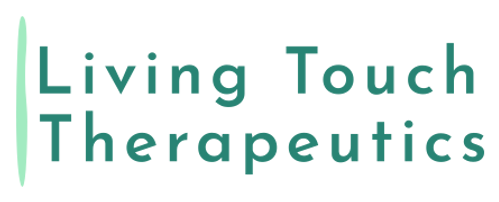Single-Leg Squats Exercise
- Benjamin Mishleau
- Mar 4
- 2 min read
Updated: Mar 13
Single-leg squats, or pistol squats, are an advanced lower-body exercise that challenges strength, balance, and coordination. It requires you to squat on one leg while the other leg is extended in front of you or off the ground. This exercise builds strength and stability throughout the lower body and is often used by athletes and fitness enthusiasts to improve performance and reduce injury risk.
Purpose: Increases unilateral leg strength and improves balance
Target Areas: Quadriceps, glutes, hamstrings, hip stabilizers
Instructions:
Stand on one leg with your chest upright and core engaged.
Extend the other leg straight in front of you or slightly bent.
Slowly lower your hips back and down as if sitting in a chair, keeping the knee of the working leg in line with your toes.
Go as low as you can while maintaining control, then push through your heel to return to the starting position.
Repeat for 6-8 reps for 2-3 sets on each leg.
Tips:
Start by practicing with a supported surface (like a chair or wall) to help with balance.
If you find it difficult to go low, limit your range of motion and gradually increase depth as you build strength.
Focus on keeping the working knee aligned with your toes to avoid unnecessary stress on the joint.
Keep your core engaged and chest lifted throughout the movement to maintain proper posture.
Who Should Do Single-Leg Squats:
Athletes and active individuals looking to improve lower body strength, balance, and coordination.
People focusing on unilateral strength training to address imbalances between legs.
Individuals training for sports that require agility, balance, and lower body power.
Those recovering from a leg injury (under the guidance of a healthcare professional) who need to build strength and stability in the affected leg.
Who Shouldn't Do Single-Leg Squats:
Individuals with lower back pain may find it challenging to maintain proper posture and could exacerbate the pain.
Beginners or those new to strength training who may need to develop foundational strength before progressing to more complex movements like single-leg squats.









Comments